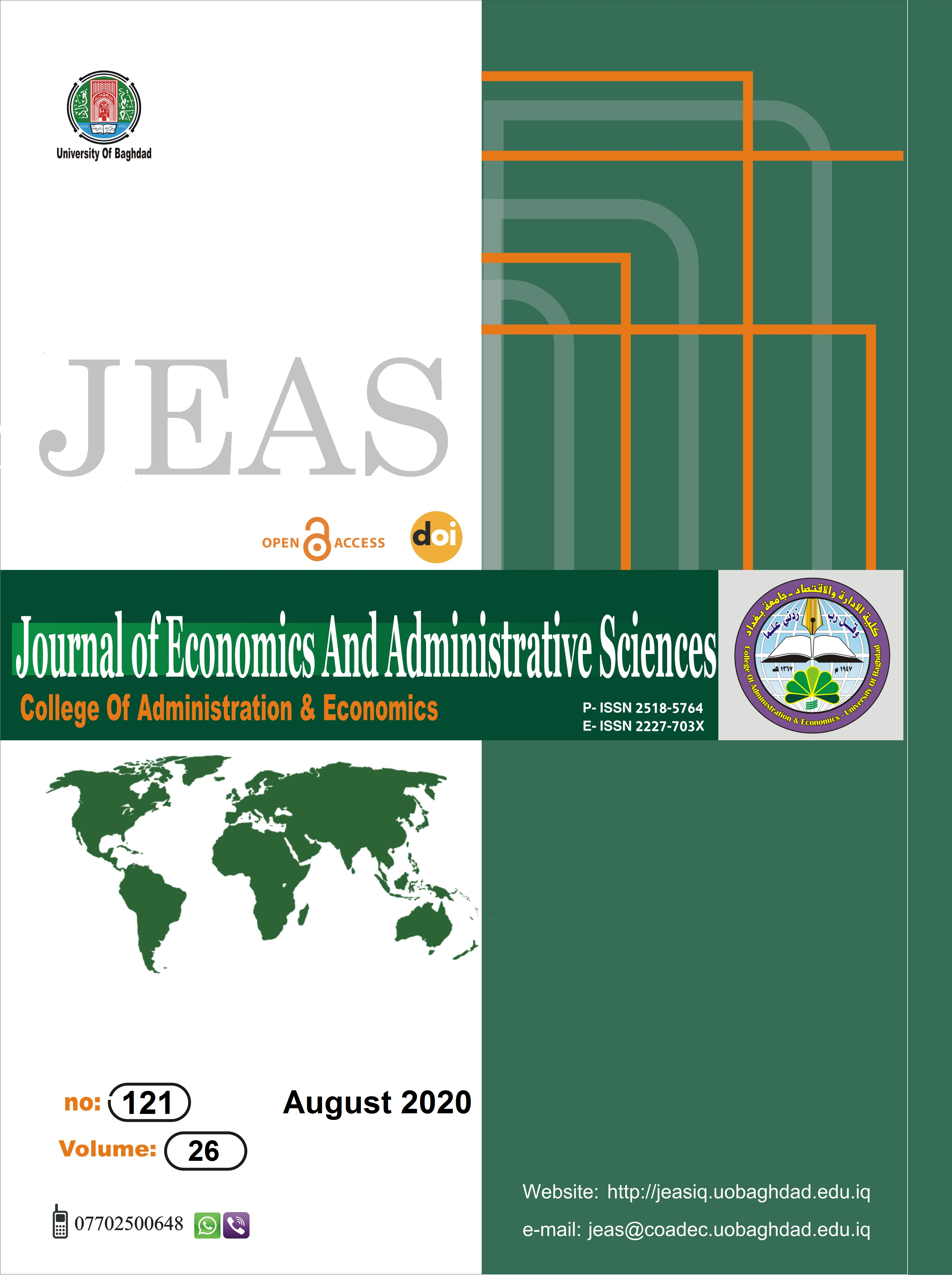Comparison of the performance of some r- (k,d) class estimators with the (PCTP) estimator that used in estimating the general linear regression model in the presence of autocorrelation and multicollinearity problems at the same time "
DOI:
https://doi.org/10.33095/jeas.v26i121.1978Keywords:
الانحدار الخطي المتعدد، الارتباط الذاتي، التعدد الخطي., : Multiple linear regressions, Autocorrelation, Multicolinearity.Abstract
In the analysis of multiple linear regression, the problem of multicollinearity and auto-correlation drew the attention of many researchers, and given the appearance of these two problems together and their bad effect on the estimation, some of the researchers found new methods to address these two problems together at the same time. In this research a comparison for the performance of the Principal Components Two Parameter estimator (PCTP) and The (r-k) class estimator and the r-(k,d) class estimator by conducting a simulation study and through the results and under the mean square error (MSE) criterion to find the best way to address the two problems together. The results showed that the r-(k,d) class estimator is the best estimator.
Downloads
Published
Issue
Section
License

This work is licensed under a Creative Commons Attribution-NonCommercial-NoDerivatives 4.0 International License.
Articles submitted to the journal should not have been published before in their current or substantially similar form or be under consideration for publication with another journal. Please see JEAS originality guidelines for details. Use this in conjunction with the points below about references, before submission i.e. always attribute clearly using either indented text or quote marks as well as making use of the preferred Harvard style of formatting. Authors submitting articles for publication warrant that the work is not an infringement of any existing copyright and will indemnify the publisher against any breach of such warranty. For ease of dissemination and to ensure proper policing of use, papers and contributions become the legal copyright of the publisher unless otherwise agreed.
The editor may make use of Turtitin software for checking the originality of submissions received.


























